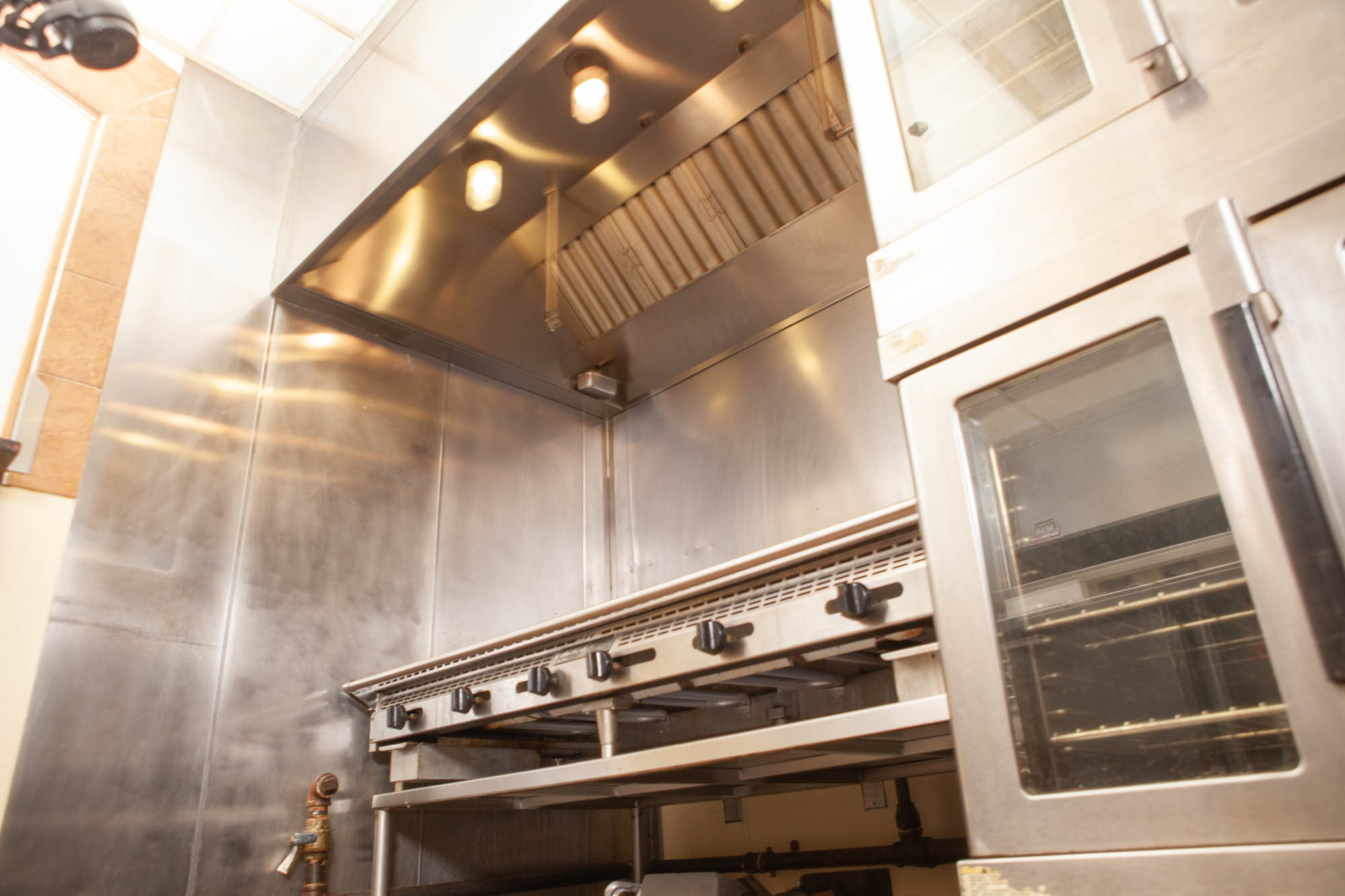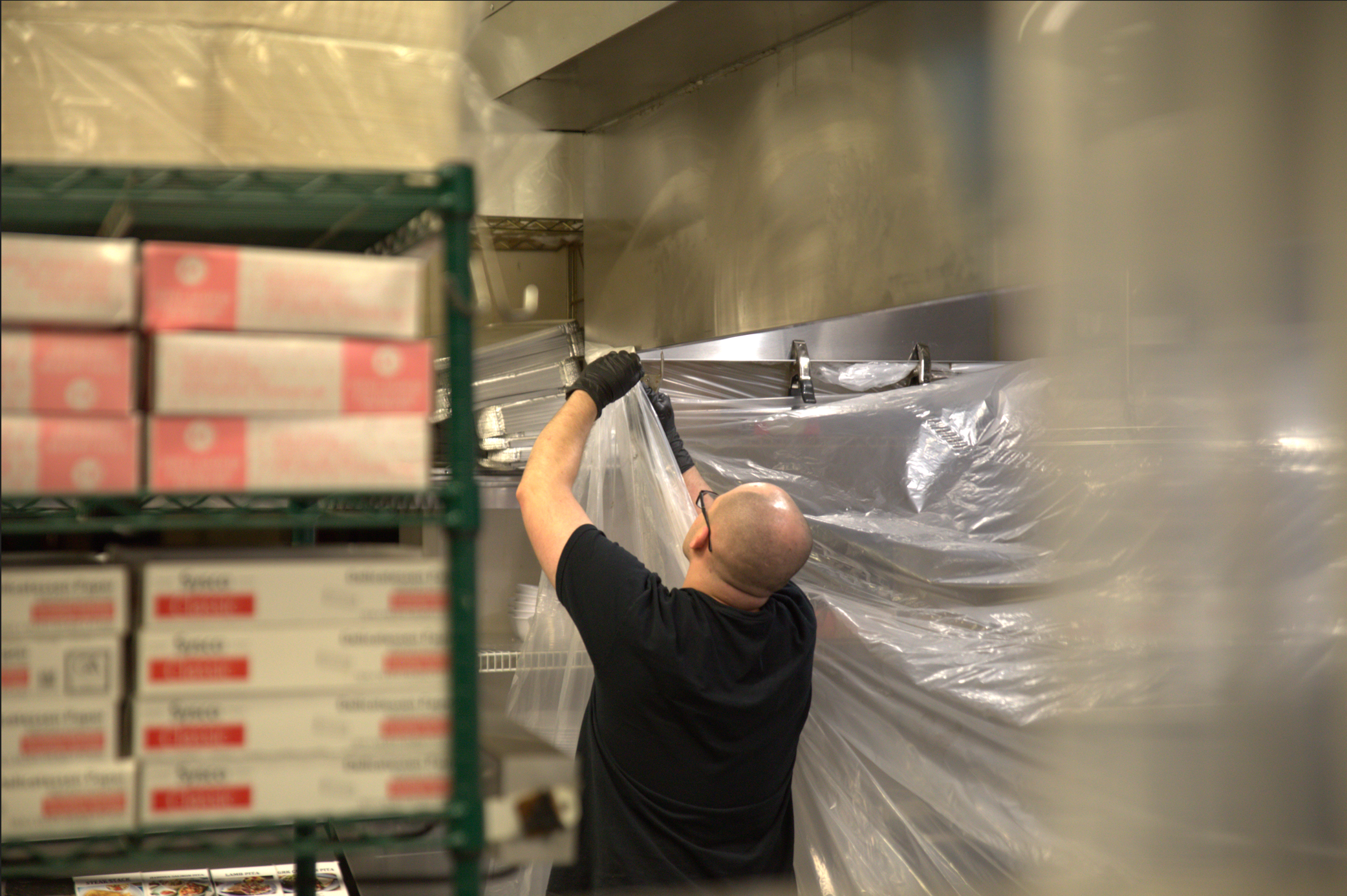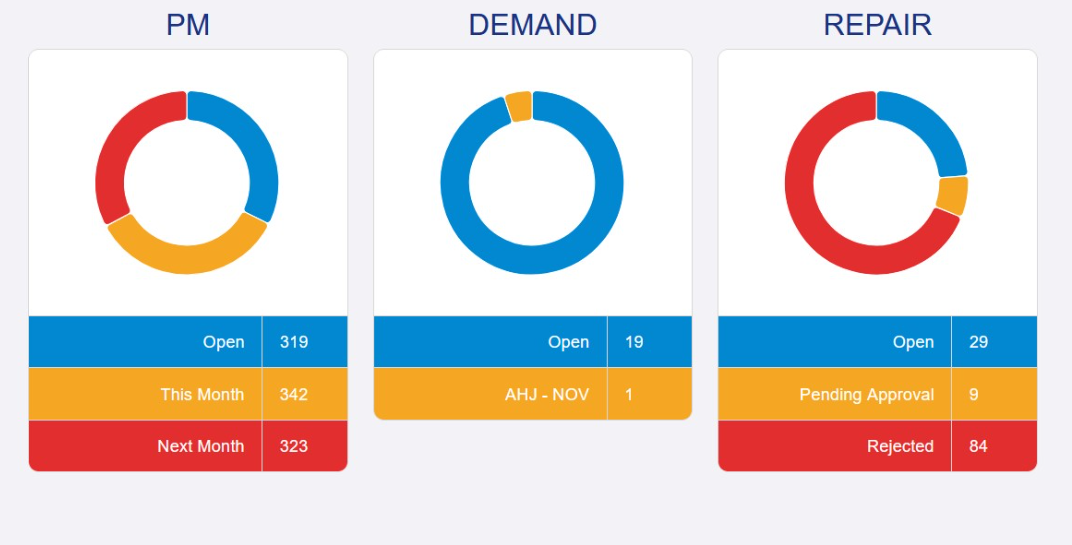Introduction
Entering the winter months means more than switching your attire. It also means prepping for the unique challenges that the season presents. Failing to take proper precautions can pose significant safety concerns for both life and property. By reading the article below, you can feel confident in your restaurant’s safety practices.
Read More
Topics:
Compliance,
Restaurants,
Kitchen Exhaust Cleaning,
Fire Safety,
Best Practices,
Customer,
Fire Code
For Casie Stuart, Operations Manager at Xtreme Fire Protection, partnering with Commercial Fire wasn’t just a business decision—it was a relationship built on trust, communication, and mutual success.
Casie has worked with Commercial Fire across three different companies for nearly 20 years. When she joined Xtreme Fire Protection three years ago, the affiliate relationship was already in place. “I’ve known Bill Dayton for probably close to 20 years,” she shared. “This is the third company I’ve worked at that’s partnered with Commercial Fire.”
Read More
Topics:
Compliance,
Restaurants,
Kitchen Exhaust Cleaning,
Fire Safety,
Best Practices,
Customer,
Fire Code
Retail Stores and Restaurants
The New York Retail Worker Safety Act became active on June 2, 2025. The law is now part of the consolidated Laws of New York State, Article 2, Section 27-E, Prevention of workplace violence. The law puts the burden on retail store and restaurant owners and managers to implement workplace violence prevention programs, with a compliance deadline of June 2, 2025. The state's Department of Labor has issued guidance and a model policy to help businesses comply at https://dol.ny.gov/retail-worker-safety.
The New York Food Allergy Awareness Law became effective May 21, 2025. New York State now requires all food service establishments to have a designated food safety manager who has completed an approved allergen awareness training course. The new law also requires the posting of a food allergy notice in multiple languages for the safety of customers with food allergies. The law also requires menus to inform customers to notify their server about any food allergies. Additional information can be found on the NY Department of Agriculture and Markets website https://agriculture.ny.gov/news/new-york-state-announces-new-initiative-increase-allergy-awareness-restaurants-and-food.
Read More
Topics:
Compliance,
Restaurants,
Kitchen Exhaust Cleaning,
Fire Safety,
Best Practices,
Customer,
Fire Code
Introduction
Protect your business, your staff, and your customers with professional kitchen exhaust system maintenance. If your business operates a commercial kitchen—whether it’s a restaurant, hospital, school, or senior living facility—routine kitchen exhaust cleaning is not just a best practice. It's a fire safety requirement. At Commercial Fire, we specialize in NFPA-compliant exhaust system cleaning that protects your people, your property, and your reputation.
Read More
Topics:
Compliance,
Restaurants,
Kitchen Exhaust Cleaning,
Fire Safety,
Best Practices,
Customer,
Fire Code
Introduction
When it comes to fire safety, a diverse range of businesses and organizations fall under the category of Commercial Fire customers. These entities require robust fire protection systems to ensure the safety of their properties, employees, and the public. Let's explore who Commercial Fire customers are and why fire safety is crucial for them.
Read More
Introduction
Amusement parks have been places of joy for families and friends across the globe for decades. As important as it is for them to have fun, ensuring their safety earns a higher place on the totem pole. With the complexities of park operations, this is not an easy feat. From kitchens to attractions, Fire and Life Safety standards apply to them all. That’s where partnering with Commercial Fire comes into play. We support amusement parks in maintaining robust Fire and Life Safety standards through several specialized services and solutions.
Read More
Topics:
Restaurants,
Fire Safety,
Life Safety
Introduction
Ensuring that senior care facilities have adequate fire safety measures should always be a top priority. Luckily, Commercial Fire offers a comprehensive range of services designed to address this vital need. Below, we outline 10 ways we promote fire safety tailored explicitly for senior care facilities.
Read More
Topics:
Compliance,
Fire Safety,
Life Safety,
Customer
Introduction
In the Fire and Life Safety industry, timely payments are essential for maintaining operations and ensuring service providers can continue delivering quality work. Commercial Fire has created a solution to address this need: the QuickPay program. Let's explore what this program offers and how it benefits affiliate partners.
Read More
Topics:
Fire Safety,
Affiliates,
Life Safety,
Benefits
Introduction
Whether you think about it or not, fire safety regulations are part of our lives on a day-to-day basis. They're a strong force in helping protect lives and property in the best ways possible. Facility professionals follow these regulations to reduce fire risks, ensure safety, and comply with legal requirements. These guidelines help prevent, detect, and suppress fires when necessary to create a safer environment for everyone.
Read More
Topics:
Fire Safety,
Life Safety,
Fire Code
Introduction
In the fast-paced world of Fire and Life Safety management, having access to real-time data and efficient tools is crucial. The Commercial Fire Dashboard is designed to provide businesses with a web-based platform to to review and obtain service information, documentation, and asset data. This blog post explores the features and benefits of our dashboard and how it can enhance safety and compliance for commercial properties.
Read More
Topics:
Fire Safety,
Life Safety,
Benefits,
Customer






.png)









